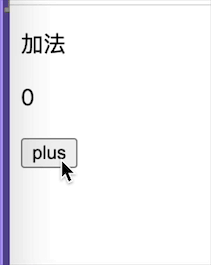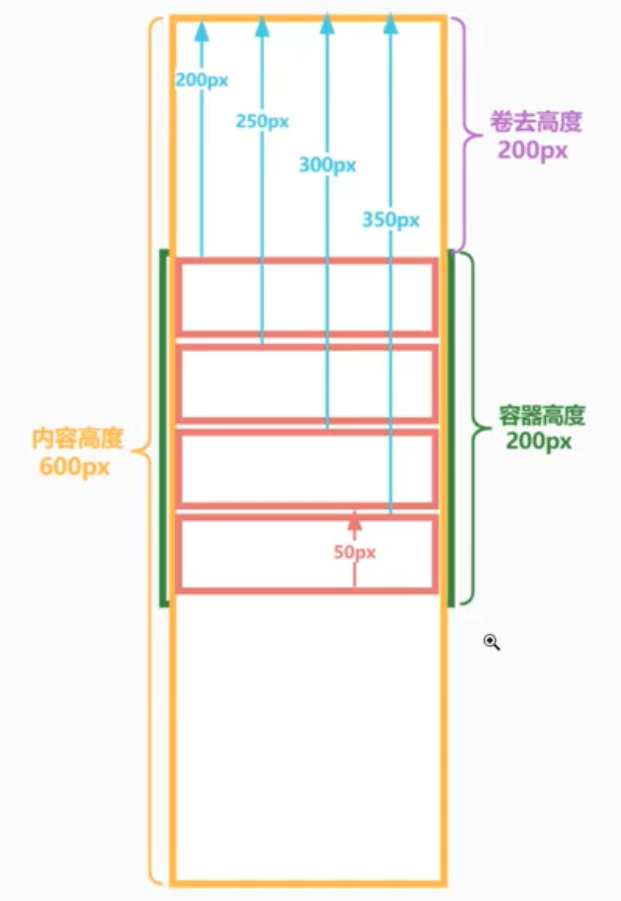http://www.cppblog.com/kevinlynx/archive/2008/06/06/52356.aspx
Proactor和Reactor模式_继续并发系统设计的扫盲
6.6.2008
Kevin Lynx
Proactor和Reactor都是并发编程中的设计模式。在我看来,他们都是用于派发/分离IO操作事件的。这里所谓的
IO事件也就是诸如read/write的IO操作。"派发/分离"就是将单独的IO事件通知到上层模块。两个模式不同的地方
在于,Proactor用于异步IO,而Reactor用于同步IO。
摘抄一些关键的东西:
"
Two patterns that involve event demultiplexors are called Reactor and Proactor [1]. The Reactor patterns
involve synchronous I/O,whereas the Proactor pattern involves asynchronous I/O.
"
关于两个模式的大致模型,从以下文字基本可以明白:
"
An example will help you understand the difference between Reactor and Proactor. We will focus on the read
operation here,as the write implementation is similar. Here's a read in Reactor:
* An event handler declares interest in I/O events that indicate readiness for read on a particular socket ;
* The event demultiplexor waits for events ;
* An event comes in and wakes-up the demultiplexor,and the demultiplexor calls the appropriate handler;
* The event handler performs the actual read operation,handles the data read,declares renewed interest in
I/O events,and returns control to the dispatcher .
By comparison,here is a read operation in Proactor (true async):
* A handler initiates an asynchronous read operation (note: the OS must support asynchronous I/O). In this
case,the handler does not care about I/O readiness events,but is instead registers interest in receiving
completion events;
* The event demultiplexor waits until the operation is completed ;
* While the event demultiplexor waits,the OS executes the read operation in a parallel kernel thread,puts
data into a user-defined buffer,and notifies the event demultiplexor that the read is complete ;
* The event demultiplexor calls the appropriate handler;
* The event handler handles the data from user defined buffer,starts a new asynchronous operation,and returns
control to the event demultiplexor.
"
可以看出,两个模式的相同点,都是对某个IO事件的事件通知(即告诉某个模块,这个IO操作可以进行或已经完成)。在结构
上,两者也有相同点:demultiplexor负责提交IO操作(异步)、查询设备是否可操作(同步),然后当条件满足时,就回调handler。
不同点在于,异步情况下(Proactor),当回调handler时,表示IO操作已经完成;同步情况下(Reactor),回调handler时,表示
IO设备可以进行某个操作(can read or can write),handler这个时候开始提交操作。
用select模型写个简单的reactor,大致为:
class handler
{
public:
virtualvoidonRead()=0;
virtualvoidonWrite()=0;
virtualvoidonAccept()=0;
} ;
class dispatch
{
public:
voidpoll()
{
//addfdintheset.
//
//polleveryfd
intc=select(0,&read_fd,&write_fd,0,0);
if(c>0)
{
foreachfdintheread_fd_set
{iffdcanread
_handler->onRead();
iffdcanaccept
_handler->onAccept();
}
foreachfdinthewrite_fd_set
{
iffdcanwrite
_handler->onWrite();
}
}
}
voidsetHandler(handler*_h)
{
_handler=_h;
}
private:
handler*_handler;
} ;
///application
class MyHandler: public handler
{
public:
voidonRead()
{
}
voidonWrite()
{
}
voidonAccept()
{
}
} ;
在网上找了份Proactor模式比较正式的文档,其给出了一个总体的UML类图,比较全面:
根据这份图我随便写了个例子代码:
{
public:
voiddo_read()
{
//sendreadoperationtoOS
//readiofinished.anddispatchnotification
_proactor->dispatch_read();
}
private:
Proactor*_proactor;
} ;
class Proactor
{
public:
voiddispatch_read()
{
_handlerMgr->onRead();
}
private:
HandlerManager*_handlerMgr;
} ;
class HandlerManager
{
public:
typedefstd::list<Handler*>HandlerList;
public:
voidonRead()
{
//notifyallthehandlers.
std::for_each(_handlers.begin(),_handlers.end(),onRead);
}
private:
HandlerList*_handlers;
} ;
class Handler
{
public:
virtualvoidonRead()=0;
} ;
// applicationlevelhandler.
class MyHandler: public Handler
{
public:
voidonRead()
{
//
}
} ;
Reactor通过某种变形,可以将其改装为Proactor,在某些不支持异步IO的系统上,也可以隐藏底层的实现,利于编写跨平台
代码。我们只需要在dispatch(也就是demultiplexor)中封装同步IO操作的代码,在上层,用户提交自己的缓冲区到这一层,
这一层检查到设备可操作时,不像原来立即回调handler,而是开始IO操作,然后将操作结果放到用户缓冲区(读),然后再
回调handler。这样,对于上层handler而言,就像是proactor一样。详细技法参见这篇文章。
其实就设计模式而言,我个人觉得某个模式其实是没有完全固定的结构的。不能说某个模式里就肯定会有某个类,类之间的
关系就肯定是这样。在实际写程序过程中也很少去特别地实现某个模式,只能说模式会给你更多更好的架构方案。
最近在看spserver的代码,看到别人提各种并发系统中的模式,有点眼红,于是才来扫扫盲。知道什么是leader follower模式,
reactor,proactor,multiplexing,对于心中的那个网络库也越来越清晰。
最近还干了些离谱的事,写了传说中的字节流编码,用模板的方式实现,不但保持了扩展性,还少写很多代码;处于效率考虑,
写了个static array容器(其实就是template <typename _Tp,std::size_t size> class static_array { _Tp _con[size]),
加了iterator,遵循STL标准,可以结合进STL的各个generic algorithm用,自我感觉不错。基础模块搭建完毕,解析了公司
服务器网络模块的消息,我是不是真的打算用自己的网络模块重写我的验证服务器?在另一个给公司写的工具里,因为实在厌恶
越来越多的重复代码,索性写了几个宏,还真的做到了代码的自动生成:D。
对优雅代码的追求真的成了种癖好. = =|
posted on 2008-06-06 13:25 Kevin Lynx 阅读(15294) 评论(7) 编辑收藏 引用 所属分类: 网络编程 、模块架构

 react 中的高阶组件主要是对于 hooks 之前的类组件来说的,如...
react 中的高阶组件主要是对于 hooks 之前的类组件来说的,如... 我们上一节了解了组件的更新机制,但是只是停留在表层上,例...
我们上一节了解了组件的更新机制,但是只是停留在表层上,例... 我们上一节了解了 react 的虚拟 dom 的格式,如何把虚拟 dom...
我们上一节了解了 react 的虚拟 dom 的格式,如何把虚拟 dom... react 本身提供了克隆组件的方法,但是平时开发中可能很少使...
react 本身提供了克隆组件的方法,但是平时开发中可能很少使... mobx 是一个简单可扩展的状态管理库,中文官网链接。小编在接...
mobx 是一个简单可扩展的状态管理库,中文官网链接。小编在接... 我们在平常的开发中不可避免的会有很多列表渲染逻辑,在 pc ...
我们在平常的开发中不可避免的会有很多列表渲染逻辑,在 pc ...